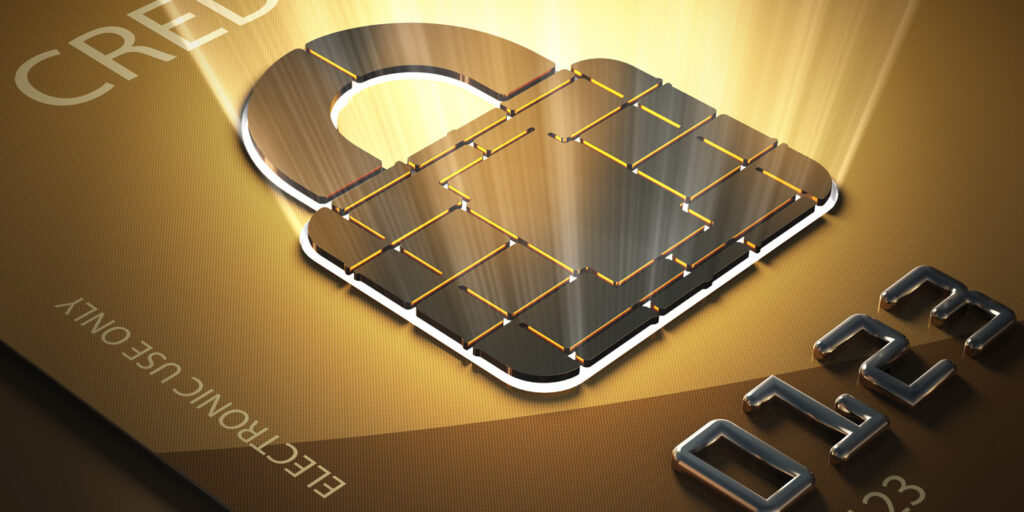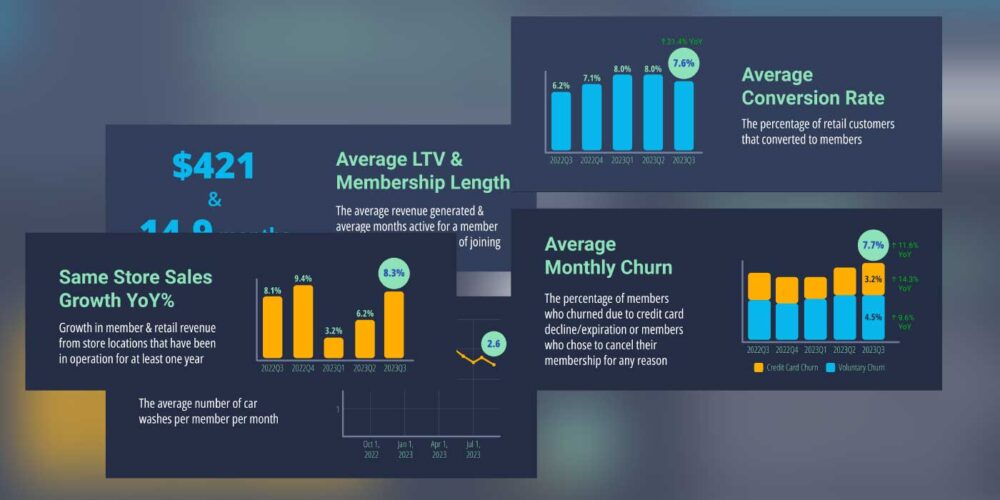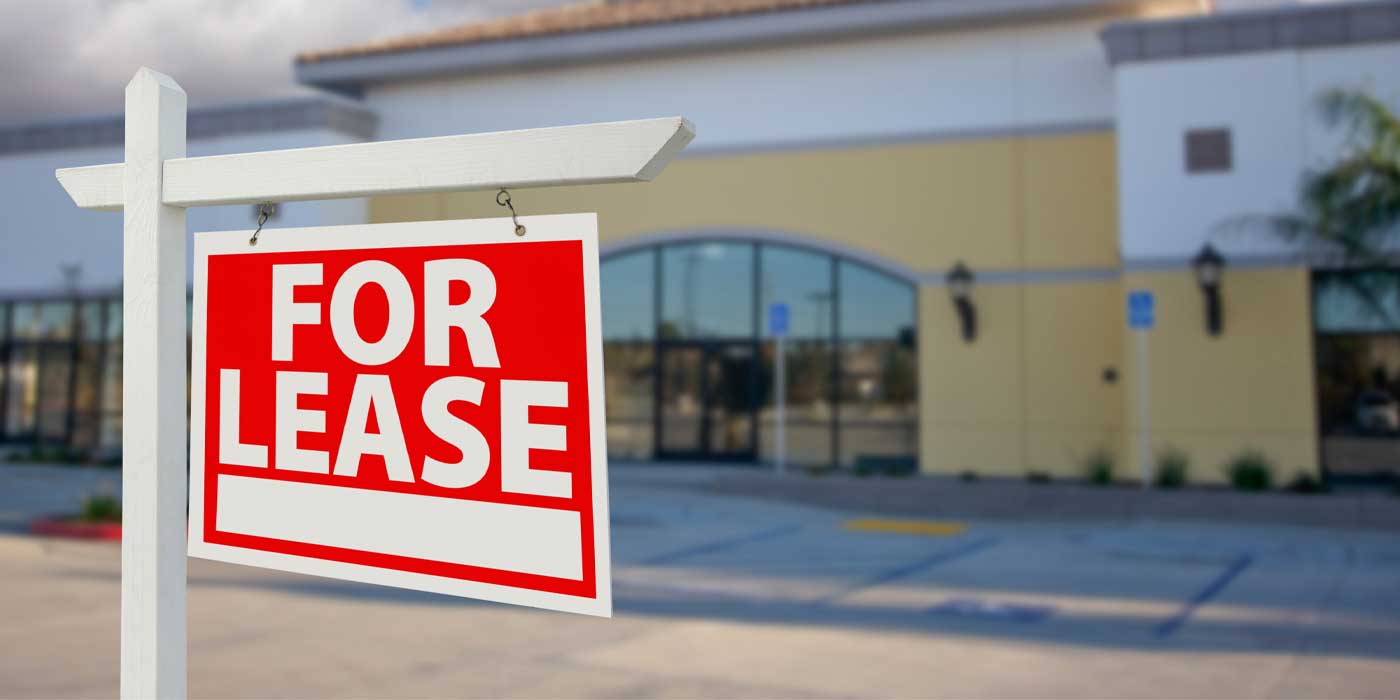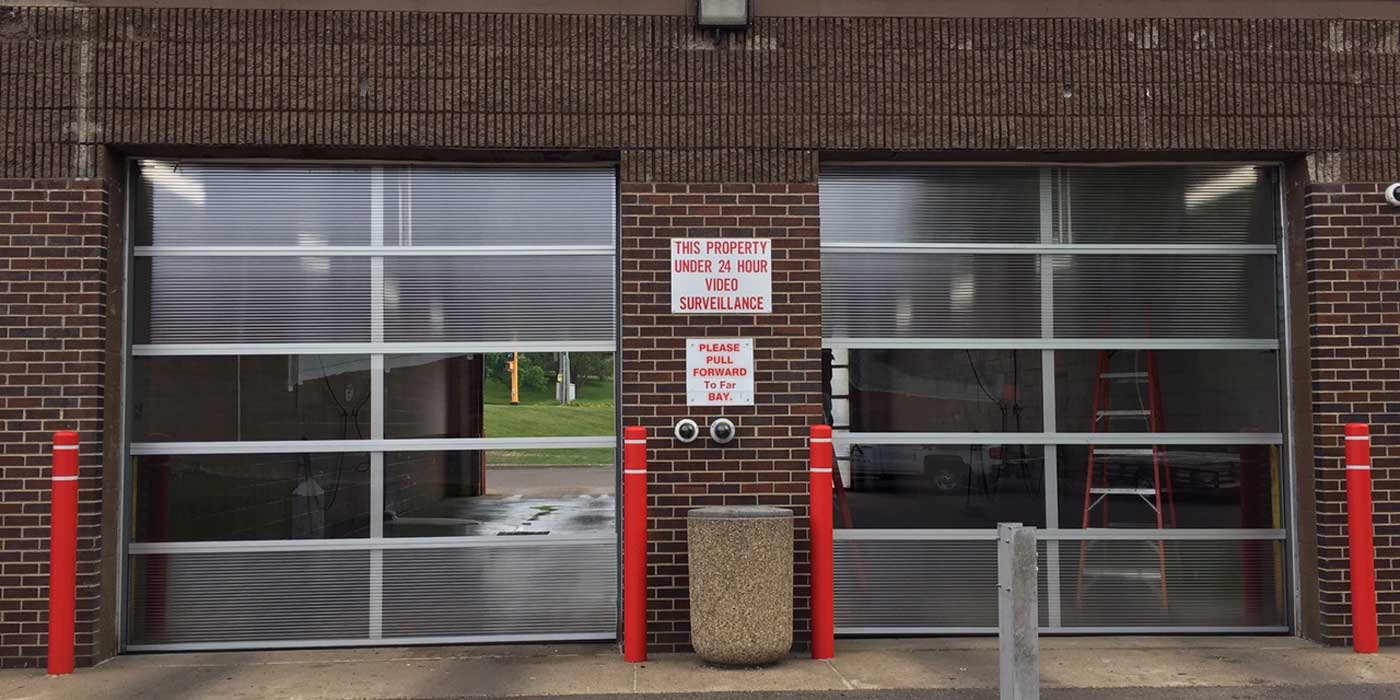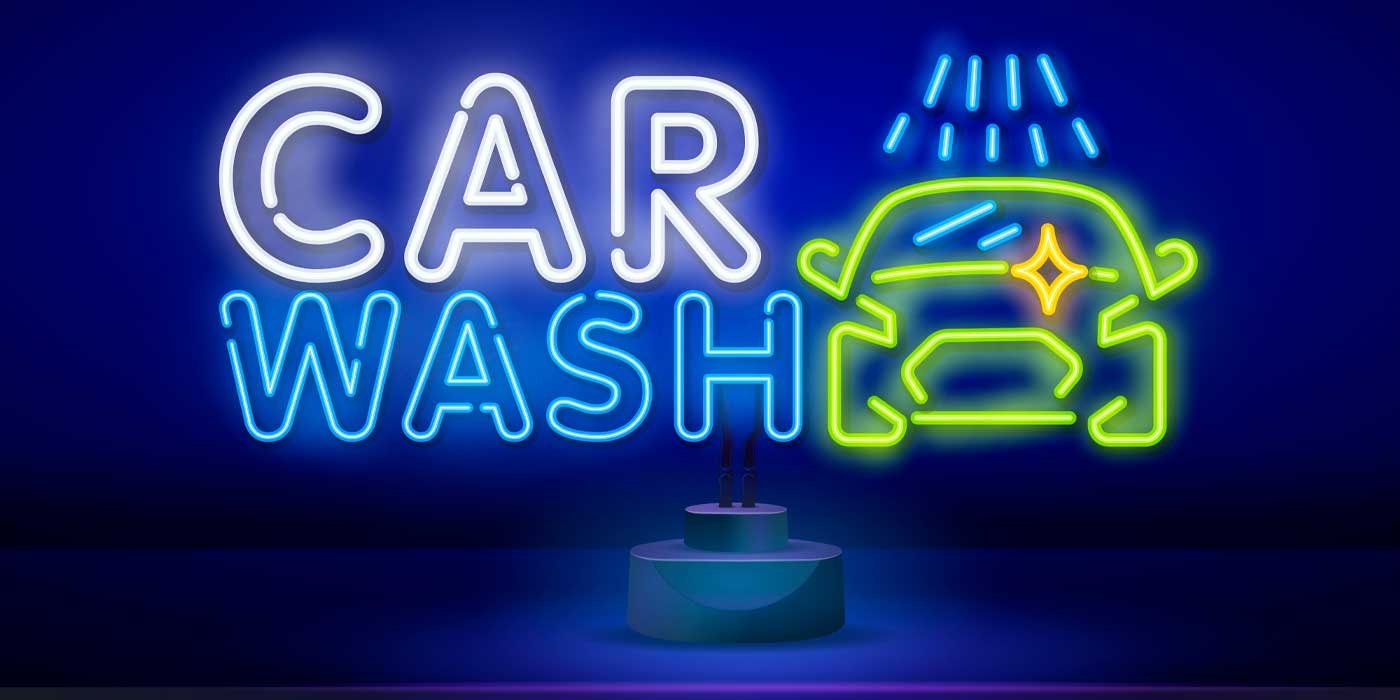While cash has been king in the carwash industry since the market’s inception, today’s consumers are moving away from carrying bills and coins. The convenience of only having to carry a few cards around rather than a handful of bills and change makes credit and debit attractive to many, especially those who have digital payments like Apple, Samsung or Google Pay enabled on their mobile devices.
The COVID-19 pandemic has only exacerbated the transition to a cashless economy so many consumers have recently found the benefits of contactless and mobile payments. This means that, as preferences for payments change, retailers need to upgrade their facilities to both be compliant with the new payment security requirements and with consumer preferences.
Carwashes are no exception to this rule, though the transition for the industry is likely to be a little slower than others, as was the case in Canada.
EMV emerges
Mastercard announced that by 2033 its credit and debit cards will no longer have a magstripe as an option to process payments. The credit card giant is the first company to commit to fully removing the technology from its cards.
This change is prompted by the overwhelming adoption of EMV technology across the globe, making in-person payments safer for both consumers and retailers. While adoption for this new payment card technology has been quite positive around the world, the U.S. still lags on the implementation of card readers that accept and process these cards with a 63% adoption rate in comparison to a 90.7% adoption in the rest of the Americas alone.1
So, what is EMV exactly, and what does Mastercard’s decision to get rid of the magstripe mean for carwash operators and customers?
Simply put, those card swipers operators have installed in their wash bays, tellers and vacuums have to go. That or the carwash risks being held liable for any card fraud that happens at the site in addition to being flagged as a risky retailer by its payment processor.
Worst case scenario? Losing processing entirely due to too many fraudulent transactions at their site.
Unfortunately for American operators, the U.S. holds the title for number one in credit card fraud worldwide. Other countries like Canada, Australia and most of Europe have drastically decreased their credit card fraud statistics by adopting EMV technology for in-person payments rather than keeping the magstripes.
According to Nilson Reports, in 2019 the U.S. accounted for 33.57% of worldwide card fraud. However, the U.S. only accounts for 22.19% of worldwide card usage volume. This is a huge concern for many credit card companies as the losses from fraud keep rising in America every year.2
EMV defined
As of Apr. 17, 2021, Visa placed the liability for card present fraud on the merchant of the sale if they did not have EMV compliant payment terminals. While this liability shift has been implemented with most other applications, this deadline marked the end of the grace period for unattended sites, such as gas stations and carwashes, and merchants transitioning to the chip and PIN technology meant to replace magstripe transactions.
According to Aite Group, Canada adopted EMV payment technology in 2008, and in the period between then and 2013 alone, credit card fraud losses dropped from 245.4 million to 111.5 million, respectively.3 This decrease of 133.9 million is a substantial improvement for all credit card providers and is an important step in ensuring that in-person transaction fraud is combated. In comparison, the U.S. lost approximately $788 million to debit card fraud alone in the same time period due to ATMs and point-of-sale (POS) transactions.4
So, what exactly is EMV and how does it work?
EMV stands for EuroPay, Mastercard and Visa — the three founding credit companies behind the advanced payment security measures. These three companies implemented EMV requirements to reduce card present fraud at retail locations across the globe by introducing a smart microchip into credit and debit cards rather than using a magstripe coded with the cardholder’s sensitive information.
The chip in the card is essentially a small computer that encodes the cardholder’s data so that payment terminals can’t access all the information on the card like they would be able to with a magstripe. Part of the reason behind this switch is the rise in credit and debit card skimmers. Skimmers are small devices that are attached to unattended payment stations by thieves so that unsuspecting card users swipe their card and unknowingly have their credit card information stolen. The thief can then create a counterfeit card with the same secure information, use it themselves or sell it without original cardholders realizing their information has been stolen while they pumped their gas or washed their car.
Since only one set of information is coded on a card’s magstripe, it’s very easy for a thief to copy that information onto a counterfeit card to use as he or she pleases. This is where EMV cards excel at protecting the consumer. The chip inside the card never actually shows any sensitive information to the payment terminal.
Instead, it sends an encoded message which only the card company can decode, eliminating the liability of having information available on the card itself. All business owners must understand that having payment terminals that aren’t EMV certified leaves them liable for the losses that result from fraudulent transactions. Once all credit card companies shift the liability to the retailer, that business is responsible for any losses accrued from the fraud instead of the credit card company taking on responsibility as is usually the case.
While upgrading to EMV certified terminals means finding a way to retrofit old equipment and/or buy new payment terminals, it is a necessary expense to protect the business from this liability. Carwashes that do not upgrade their payment terminals by the deadline will likely have to deal with regular chargebacks, fraud liability and a loss in traffic if customers do not feel safe using their cards at the site.
This can become a costly upgrade if it’s done all at once, so updating a few terminals at a time could be a good option for carwashes without excess cash flow. Operators should ask their suppliers and industry distributors for more information on the EMV options they offer so they can make the most informed and best decisions regarding equipment upgrades.
Sources:
1https://www.emvco.com/about/deployment-statistics
2https://nilsonreport.com/mention/1313/1link
3https://community.rsa.com/yfcdo34327/attachments/yfcdo34327/adaptive-auth-on-premise-blog/19/1/card-not-present-fraud-post-emv-env-wp.pdf
4https://www.firstdata.com/downloads/thought-leadership/one-time-card-star-cert-wp.pdf
Carla Rodriguez is the marketing manager at Wiz-Tec Computing Technologies Inc., a point-of-sale and EMV payment point provider for carwashes and gas stations across Canada. Founded in 1991 and located in Calgary, Alberta, Canada, Wiz-Tec has been providing point-of-sale and payment point solutions for independent and corporate retailers in Canada for over 30 years. At Wiz-Tec, we believe in making products that simplify the lives of our clients through automation and remote equipment control. For more information, call 1-866-361-7846, email [email protected] or visit https://wiz-tec.ca.

